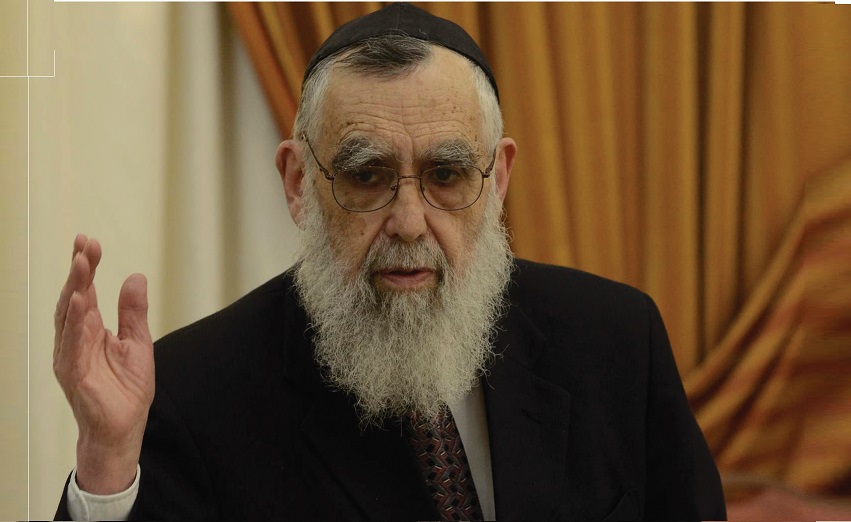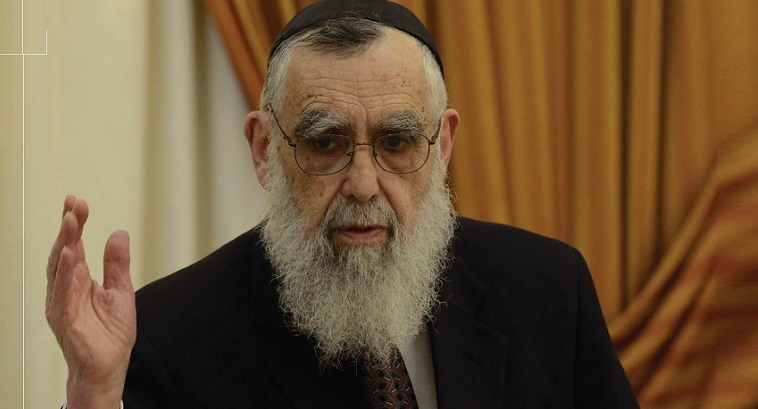Of Sevens and Eights

Seven and eight: close companions but worlds apart
What is it about the number seven that is so beguiling? The ancient world believed there were seven continents and seven seas and seven wonders of the world and seven precious metals. The rainbow has seven colors, and for gamblers, of course, seven is very attractive.
In Judaism, this number is all-pervading. Pesach lasts seven days, and after exactly seven weeks comes Shavuos. Succos lasts seven days. Every seventh year, the Land must lie fallow during the shemittah year — at whose cusp we now stand. After seven times seven years, we have the Yovel–Jubilee year. In the Wilderness, they inaugurated the Mishkan–Tabernacle with seven days of milu’im dedication, when they erected and dismantled the Mishkan each day (Tanchuma Pekudei 11).The Menorah in the Beis Hamikdash had seven branches.
The bride encircles the groom seven times under the chuppah; seven blessings — sheva brachos — mark the marriage ceremony; there are seven Hebrew letters in a Torah scroll that require tiny scripted “crowns”; the Amidah of Shabbos and Yom Tov each contain seven blessings; there are seven Torah aliyahs on Shabbos; in the laws of tumah (defilement) and taharah (purity), seven is a key factor. Pirkei D’Rabi Eliezer (51) lists seven major miracles mentioned in Tanach. The holy days of Rosh Hashanah, Yom Kippur, and Succos all occur in the seventh month.
There is much more, but enough for now. Wherever we turn in Jewish tradition, the seven is waiting for us, infinite and omnipresent.
Among the hundreds of sevens in the classical sources, one of the most intriguing is the Talmudic comment (Rosh Hashanah 31a) that after 7,000 years we will witness the final Resurrection. Since the Sages say that the Shabbos is a foretaste of the Redemption, this suggests that every week of seven days recapitulates not only the Creation of the past but also anticipates the Redemption of the future.
This is one of the keys to the mystery. There is an element in seven that is eternal, which very likely originates in the seven days of Creation — and from that time on it was permanently embedded in the DNA of the people of G-d.
Thus the key to it all is the seventh day of Creation, the Shabbos. On this day, Creation was complete.
From this there emerge some quintessential truths: a) seven is the number of completion, for on the seventh day, full Creation was achieved; b) seven is the number of physicality, for it was the physical universe that was created. Seven is thus a This-Worldly number.
Not so with the number eight. Seven and eight are the closest of neighbors, but conceptually they are worlds apart. Eight is the number that heralds a new dimension: that of l’maalah min hateva, literally “beyond the natural.” As the great Maharal of Prague (1526–1609) points out, when one crosses the border from seven to eight, one moves from This-Worldliness to Other-Worldliness.
Note how the seven-eight borderline is the nexus between This World and a Higher World. At the beginning of week eight after the Exodus, the Torah is given at Sinai. In the Wilderness Mishkan, eight full days mark its dedication. And after the dedication of the Mishkan, the Kohanim are consecrated for their duties on the eighth day.
More eights follow: the covenant of bris milah takes place on the eighth day. The metzora is restored to his normal status on the eighth day: bayom hashemini toharaso. And note that the very climax of the awe-filled seventh month of Tishrei, with its emphasis on repentance for our earthly behaviors, is Shemini Atzeres. Though considered a separate Yom Tov, it is actually the eighth day of the seven-day Succos, and thus embodies in itself both This World and a Higher World.
Seven and eight: close companions but worlds apart.
Remember the old British expression, “Mind your Ps and Qs”? We say: If you strive to be a good Jew, Mind your sevens and eights.
(Originally featured in Mishpacha, Issue 874)
Oops! We could not locate your form.




